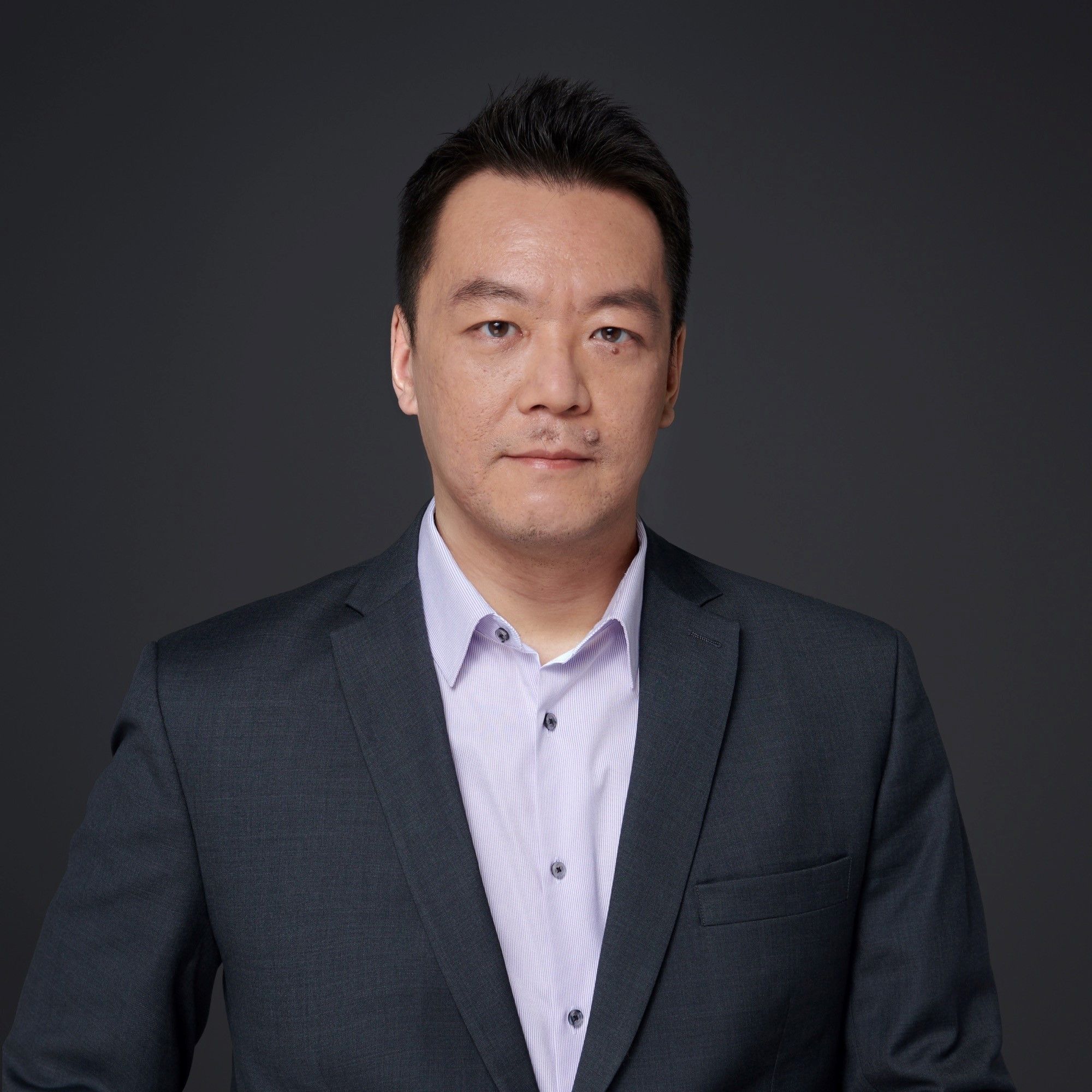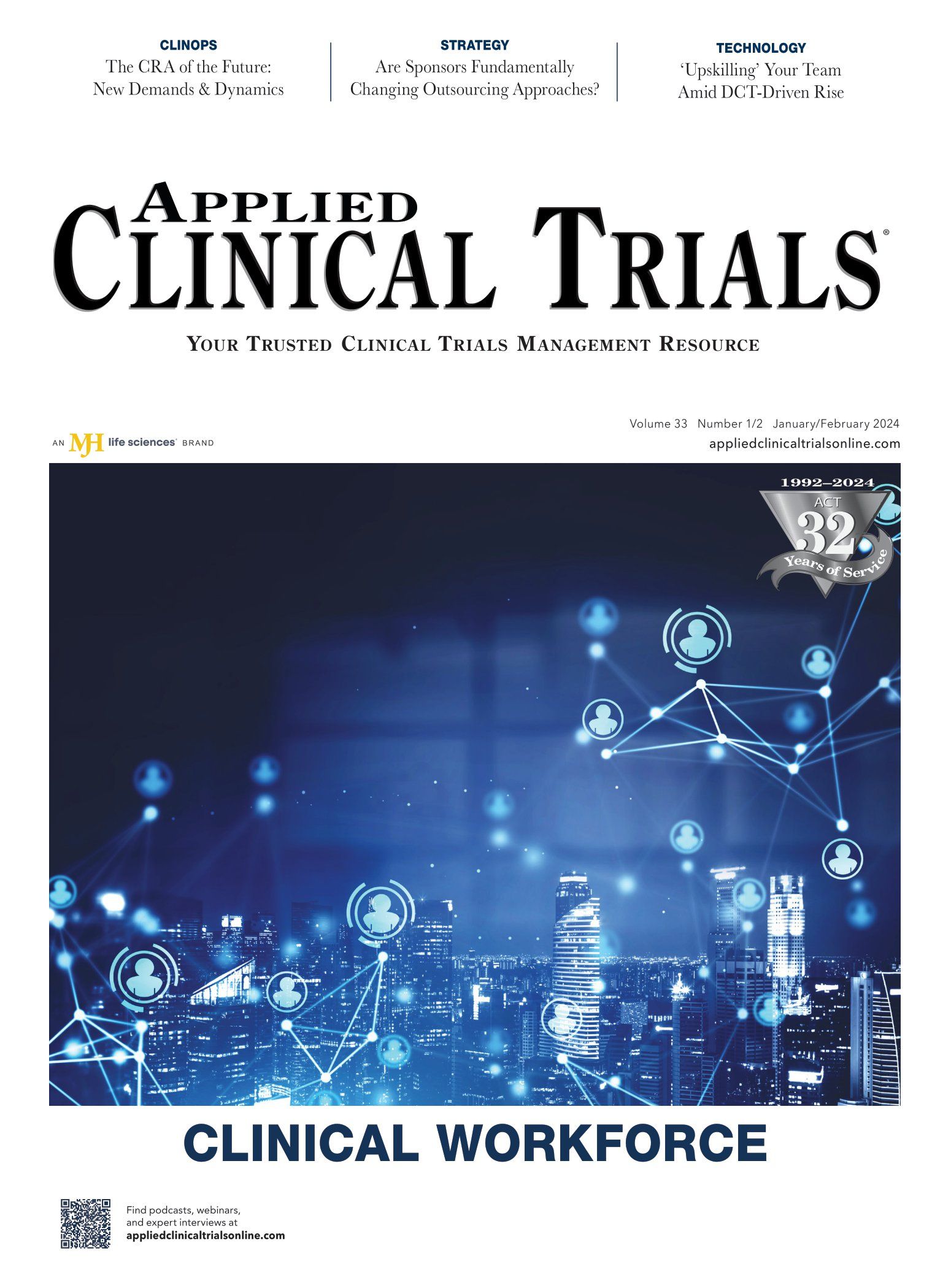‘Upskilling’ Your Workforce to Keep Pace with Change
The DCT-driven evolution requires new levels of understanding and expertise.

With the transformation in the way data are generated, collected, and analyzed, clinical trials are evolving at a faster rate than ever before—along with the professional roles that support them.
It means that for those who are willing to develop the necessary new skillsets and mindsets, there are a wealth of opportunities on the horizon. In this article, we examine such synergies in this evolving clinical trial landscape, and explain why individuals in all roles need to continually build their understanding of this new paradigm. After all, it’s everyone’s responsibility to “upskill” the clinical research workforce.
Evolving landscape
Hybrid and decentralized clinical trials (DCT) rely on remote monitoring, and whether that be through wearables, patient questionnaires, or home health, it has transformed the way data is generated, collected, and analyzed.
On the face of it, the move to technology-driven data collection solutions may sound more convenient for all involved. Yet it comes with its own challenges and pain points that require careful navigation.
Traditionally, clinical trial investigators input the information collected during infrequent site visits. Now, measurements are being generated much more regularly. The volume of datapoints being collected by a smart phone, for example, is an order of magnitude larger than what went before. Cleaning such huge datasets with the naked eye, or predefined edit checks, are simply not sufficient anymore, leading to new methods, such as machine learning (ML)-driven analytics, being utilized.
There are also many more routes that contribute to missing data. Historically, missing data was often limited to missed site visits or deteriorated blood samples. In today’s research environment, however, we need ways to account for times when a participant took off their smart watch, for example, or did not operate the wearable device correctly. In addition, more data from more sources also increases noise in the collected information. These realities call for the clinical research community to develop and embrace new ways of processing and analyzing information, if they are to maintain the quality and integrity of their analyzes.
All these dynamics are changing the role of clinical research professionals. To truly understand the data, the whole workforce now requires a much deeper knowledge of data analytics than ever before, including such techniques as ML.
Evolving skillset and mindset
Despite all the changes we have witnessed in recent years, the overall objective of clinical trials remains the same—to bring new medicines that tackle unmet medical needs to the people who need them as quickly as possible.
What has changed is that we now have more tools to help us reach a wider patient population, and to collect data while reducing the burden of participation on patients and investigators alike. And because there are more tools, there are more options as well as new risks that are influencing clinical trial conduct.
Research 2.0 requires teams to use the electronic solutions that will optimize the trial at hand. The concept of designing each trial based on its own unique requirements can be more broadly applied now that a wider range of technologies are available. In addition, it is important that teams pick the right e-solutions to actually reduce burden and enhance user experience. Doing so can lead to stronger participant retention, without biasing patient-pool selections.
These developments all require strong understanding of the e-solutions and patient population, as well as deep expertise on the trial conduct implementation in order to embrace the opportunities of this new era. For example, older patient populations may require more support with e-solutions than younger populations; however, as time goes on, cohorts will increasingly be made up of “digital natives” with different support needs.
There has been regional variation in DCT regulatory guidance and practicalities as well, which impacts how multi-regional clinical trials with DCT components are rolled out. In China, for example, home healthcare is currently uncommon, but as the field grows in popularity, it is expected to play a larger role in the country’s hybrid and DCT future.
Of course, this landscape is far from static, so skillsets and mindsets will need to continue to evolve as the industry moves along its DCT journey.
Such expertise can also open up new windows of opportunity. Clinical trial technology developers are increasingly on the lookout for people with clinical research backgrounds to help them develop their products. Areas of expertise sought range from e-payment/reimbursement, digital-engagement, and e-compliance to digital data collection/monitoring, digital diagnosis, digital biomarkers, and digital health management.
Evolving opportunities
With so much “background knowledge” needed, it is no surprise that many job advertisements for clinical trial professionals state the requirement for experience in DCTs. Understanding the nuts of bolts of how different elements of remote or hybrid studies fit together has become an essential requirement in our industry.
It is everyone’s responsibility, however, to ensure our people are ready to rise to this challenge. Hybrid/DCTs represent a new paradigm in clinical research, and companies should be looking to upskill their whole workforce, regardless of which function they work in.
At contract research organizations (CROs) such as Phastar, for example, development teams work on building the tools that allow clients to leverage the most value from their data. These tools aim to enable users without the traditional data skillsets, such as R or SAS programming, to investigate and analyze data for their job functions. It’s about releasing a ripple effect of expertise into the industry at large.
We are also finding new ways to share our knowledge, such as evolving the functional service provision (FSP) model to better suit the current landscape. Rather than sending people out to work with sponsors on the conventional items with common skillsets, we are now also sending individuals to build data intelligence platforms for clients’ in-house use. Additionally, distributing one’s workforce with data skillsets to clients that are not equipped internally can help them to evolve their internal working model.
The DCT era is an iconic milestone, marking significant progress with technology and industry readiness. It also provides further opportunity for clinical research personnel to develop their career in high-expertise domains. Sponsor partners are transforming their business modelsfrom service provider to expertise provider and technology platform builder. All in all, as a sector, the goal remains to deliver effective and efficient drug development, with accelerated knowledge and technology evolutions.
Ping-Chung Chang, Head of China Development and Global Delivery, Phastar
